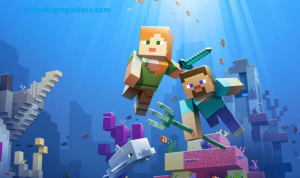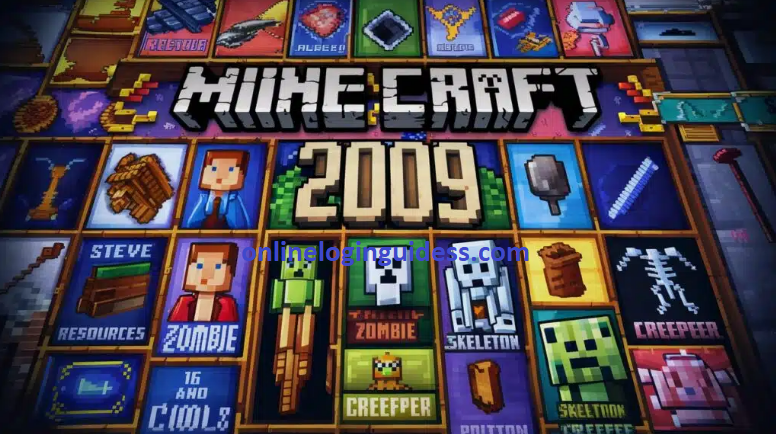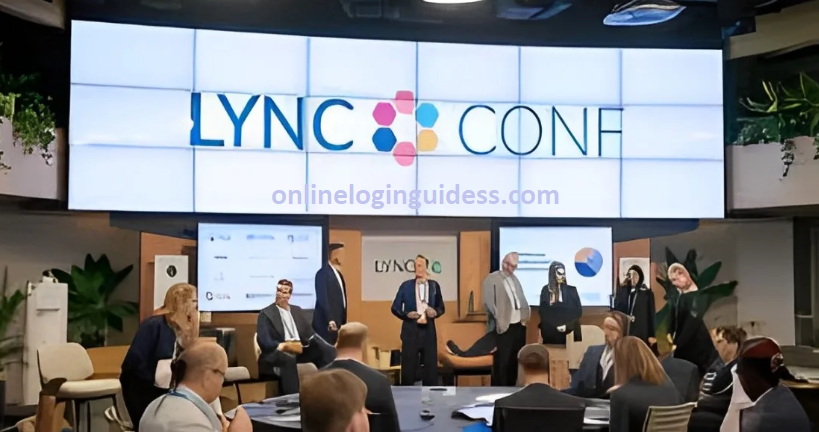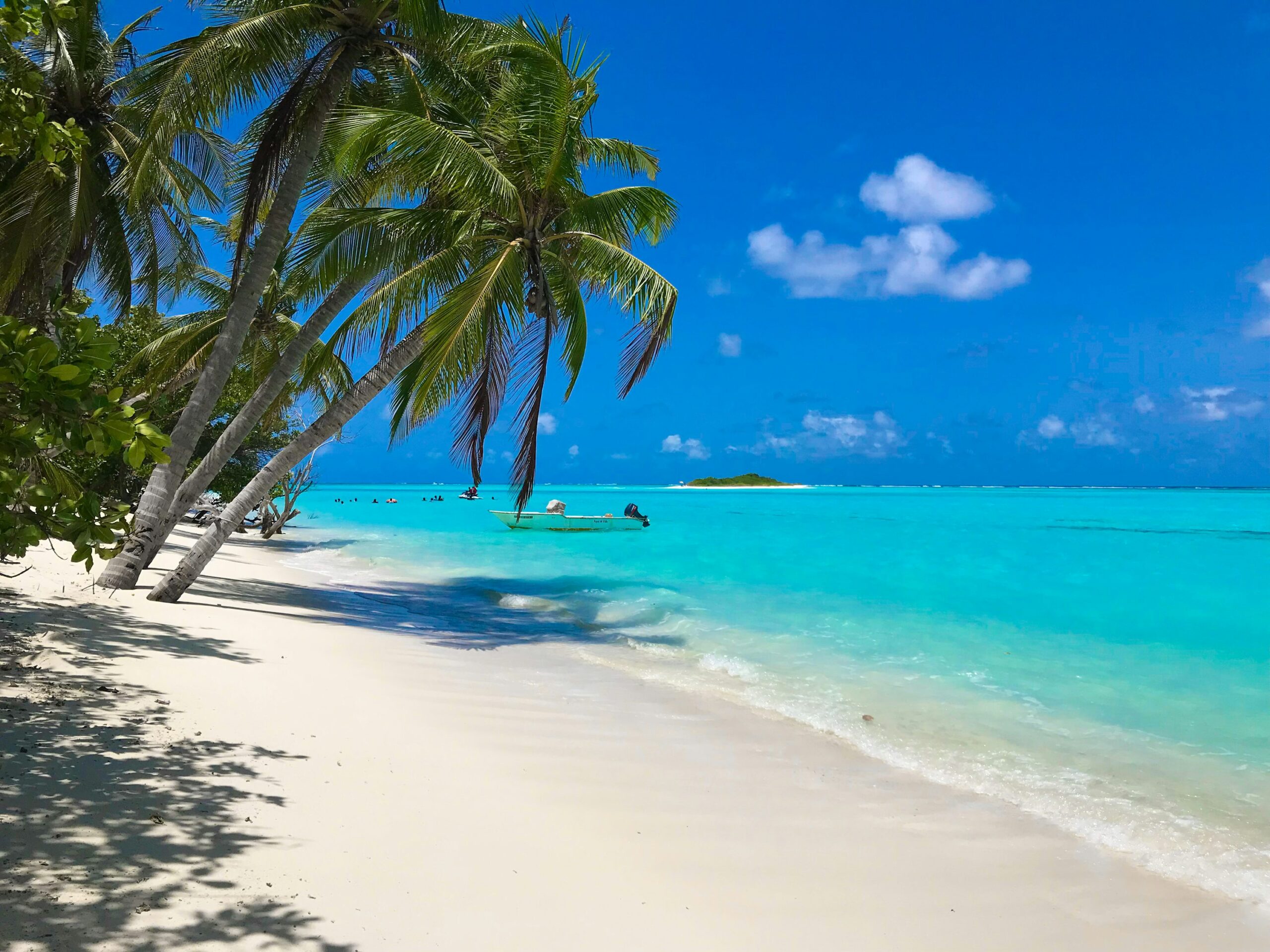The Evolution of Minecraft (2009) Game Icons and Banners: A Visual Journey
Minecraft (2009) Game Icons and Banners: Minecraft has captured the hearts of millions since its launch in 2009. One
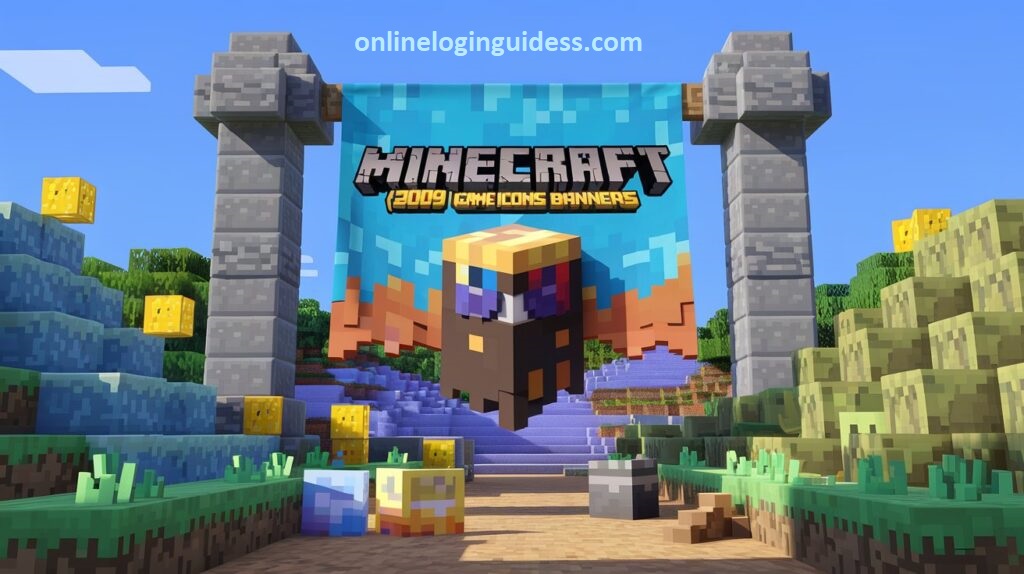

Minecraft (2009) Game Icons and Banners: Minecraft has captured the hearts of millions since its launch in 2009. One of the key elements that have contributed to its success is its distinctive icons and banners. These visual elements not only represent the game but also reflect its evolution over the years. This article takes you on a journey through the changing landscape of Minecraft (2009) Game Icons and Banners showcasing how they have become an integral part of the game’s identity.
The Birth of Minecraft (2009) Game Icons and Banners
When Minecraft first appeared, its graphics were simple but charming. The icons reflected this minimalist approach. The original game icon featured a blocky, pixelated look that was easy to recognize. It portrayed the game’s core element: blocks. These blocks symbolize creativity and building, which are central to Minecraft’s gameplay.
The early banners in the game were equally straightforward. They often showcased basic colors and designs. This simplicity resonated with players who appreciated the game’s focus on imagination and construction. As players began to explore, these icons and banners became symbols of their adventures.
Icons Through the Years
As Minecraft grew in popularity, so did its visual branding. The icons evolved to reflect new updates and features. In later years, Minecraft introduced new game elements, and with them came updated icons. For example, the addition of new biomes and creatures brought about new icons that showcased these features.
By the time Minecraft reached its first major update, the icons had become more detailed. The use of colors became richer, and the designs started to include more textures. Players loved these changes as they added depth to the game’s visual identity.
The Role of Community
The Minecraft community played a significant role in shaping the game’s visual elements. Players began creating their own icons and banners, reflecting their personal styles. This user-generated content contributed to the game’s charm. Fans shared their creations online, leading to a wave of creativity that inspired even more designs.
These community-driven icons often drew from popular culture, memes, and other games. This blending of influences made the visual aspect of Minecraft even more engaging. The game’s icons and banners became a canvas for self-expression, allowing players to showcase their personalities.
The Introduction of Customization
With the introduction of Minecraft’s customization features, icons and banners took on new meanings. Players could now create their own banners using various patterns and colors. This freedom allowed for unique designs that represented individual players or teams.
The customization feature was a game changer. It enabled players to express their creativity in ways that were not possible before. Players began to share their custom banners online, leading to an explosion of new designs. These shared creations further enriched the game’s visual language.
Special Events and Themes
Over the years, Minecraft has celebrated numerous events and holidays. Each of these occasions brought special icons and banners. For instance, Halloween and Christmas often saw themed updates that included festive icons and colorful banners. These limited-time visuals added excitement and a sense of community among players.
Special events also inspired collaboration within the community. Players would come together to create unique banners for these occasions. This sense of teamwork and creativity brought players closer, enhancing the overall gaming experience.
Modern Icons and Banners
Today, Minecraft (2009) Game Icons and Banners continue to evolve. The graphics have become more polished, and the designs are more intricate. The icons now feature 3D elements and more realistic textures, aligning with modern gaming aesthetics. This evolution reflects the game’s growth while staying true to its roots.
Banners have also advanced, with players now having the ability to create complex designs using various patterns. This has led to some stunning creations that showcase players’ artistic skills. Many players have turned banner creation into an art form, sharing their designs widely across social media and forums.
The Impact of Updates
Regular game updates play a crucial role in the evolution of Minecraft (2009) Game Icons and Banners. Each update often introduces new content that influences the game’s visual elements. For example, the introduction of new mobs, blocks, or biomes leads to new icons that represent these features.
Players eagerly await each update, not just for gameplay changes but also for the new visual content. The excitement around these updates showcases how integral icons and banners are to the Minecraft experience.
Conclusion
The evolution of Minecraft (2009) Game Icons and Banners tells a story of creativity, community, and growth. From simple beginnings to intricate designs, these visual elements have shaped the identity of the game. They have transformed from basic symbols into a vibrant form of expression for players worldwide.
As Minecraft continues to grow, its icons and banners will undoubtedly keep evolving. They will remain a key part of the game’s charm, reflecting the creativity and passion of its community. Whether you’re a long-time player or just starting, the visuals of Minecraft (2009) Game Icons and Banners offer a fascinating glimpse into the heart of this beloved game.




